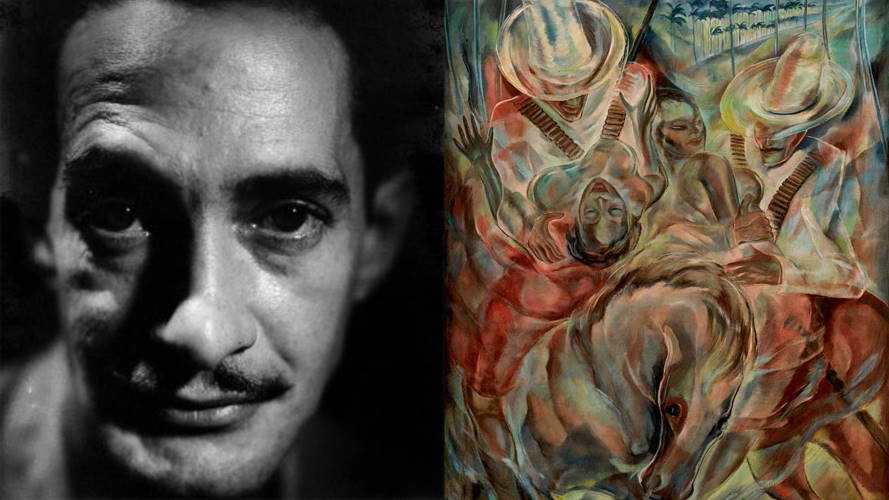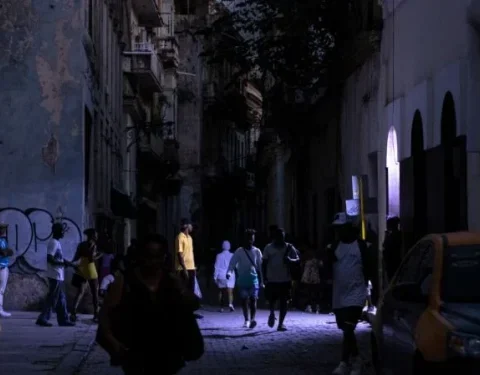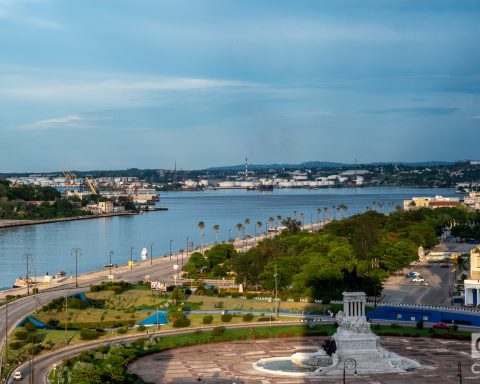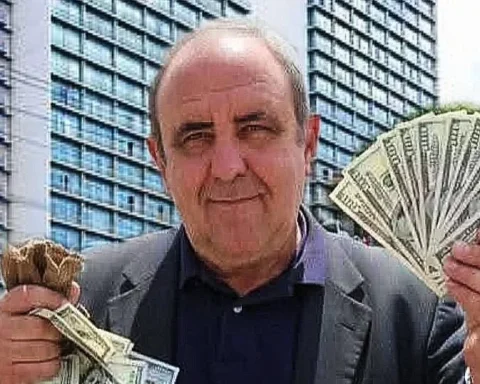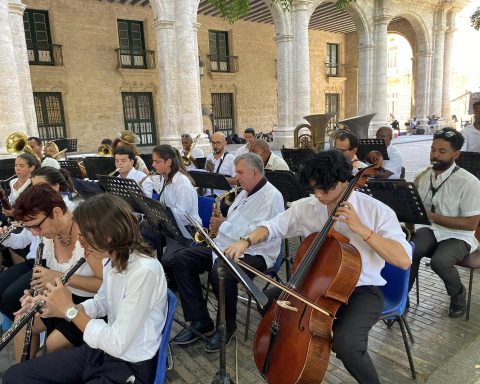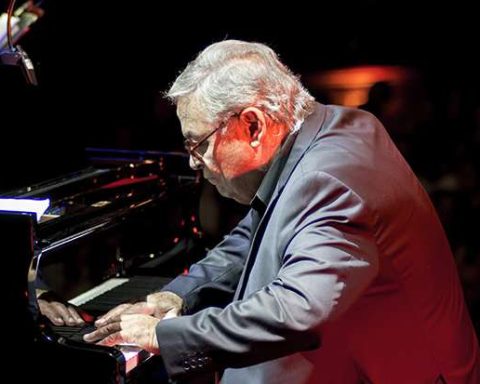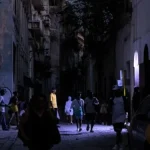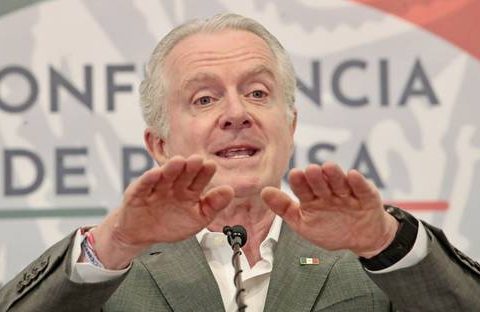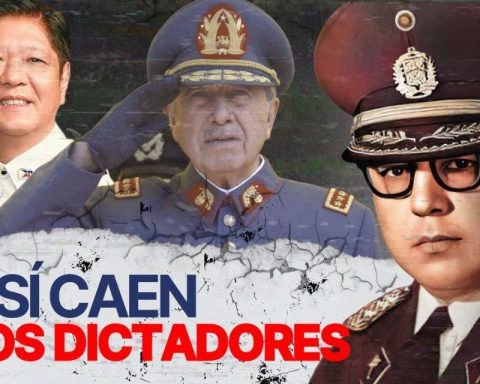MIAMI, United States. — This August 3 marks the 122nd anniversary of the birth of the Cuban painter Carlos Enríquez Gómez (Carlos Enríquez), one of the greatest representatives of the plastic arts on the Island during the first half of the 20th century.
Born in Zulueta, in the former province of Santa Clara, Carlos Enríquez’s childhood was developed mostly in his hometown, where his father worked as a doctor.
Different bibliographical references indicate that Carlos Enríquez attended high school in Havana and that, later, in 1920, he was sent to Philadelphia, United States, to study commerce.
The young man’s link with the plastic arts began in Pennsylvania, where, after completing his business studies, he received irregular painting classes in a summer course.
It was there that he met who would become his first and only wife, Alice Neel. The couple married in 1925 and that same year he traveled to Cuba.
Already in Havana, Carlos Enríquez, along with other young artists, joined the incipient struggle for modern art in Cuba, collaborating with the Avance Magazine and participating in the New Art Exhibition.
The artist’s file at the National Museum of Fine Arts reports that from 1927 to 1930 Carlos Enríquez lived in New York, which was followed by a brief transit through Havana.
He then traveled to Europe, where he remained until 1933. He lived mostly in France and Spain, although he also visited Italy and England. During that stage in the old continent he held personal exhibitions in Oviedo (1930) and Madrid (1933).
At the beginning of 1934, the artist returned to Cuba and prepared an exhibition of his European work at the Lyceum in Havana, suspended the very night of its inauguration and reopened to the public at Roig’s office.
In 1935, Carlos Enriquez published Criollismo and its plastic interpretationa text in which he defines his new pictorial orientation.
From 1939 he settled in a carve house named El Hurón Azul, in the suburbs of Havana, where he lived until his death and which would later become a museum.
In the pictorial work of Carlos Enríquez, pieces such as Manuel García, the king of the fields of Cuba, happy peasants, Two rivers Y cuban landscape. However, his masterpiece is The kidnapping of the mulattosa mythical painting that was awarded at the National Salon in 1938 and is permanently exhibited at the National Museum of Fine Arts.
As part of his vast oeuvre, Carlos Enríquez also illustrated numerous books, including Terror in Cuba Y caribbean songboth by Alberto Riera, he is whole Y Elegy to Jesus Menendezby Nicolas Guillen. He also wrote three novels: Tilin Garcia, Chencho’s return Y The Guaicanama Fair.
The famous painter’s health deteriorated during the fifties of the last century due to his bone ailments and his problems with alcohol. Carlos Enríquez died in Havana on May 2, 1957, the day he was supposed to inaugurate an exhibition at Editorial Lex, which was opened in June 1957 as a posthumous tribute.
Receive information from CubaNet on your cell phone through WhatsApp. Send us a message with the word “CUBA” on the phone +1 (786) 316-2072, You can also subscribe to our electronic newsletter by giving click here.
